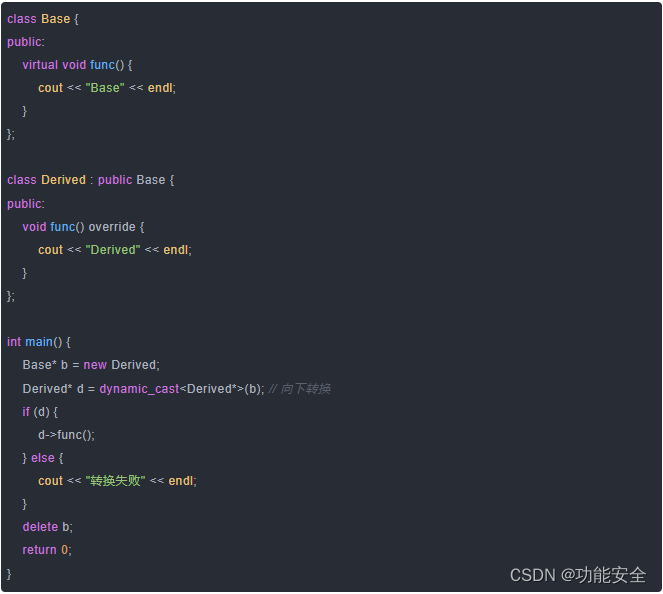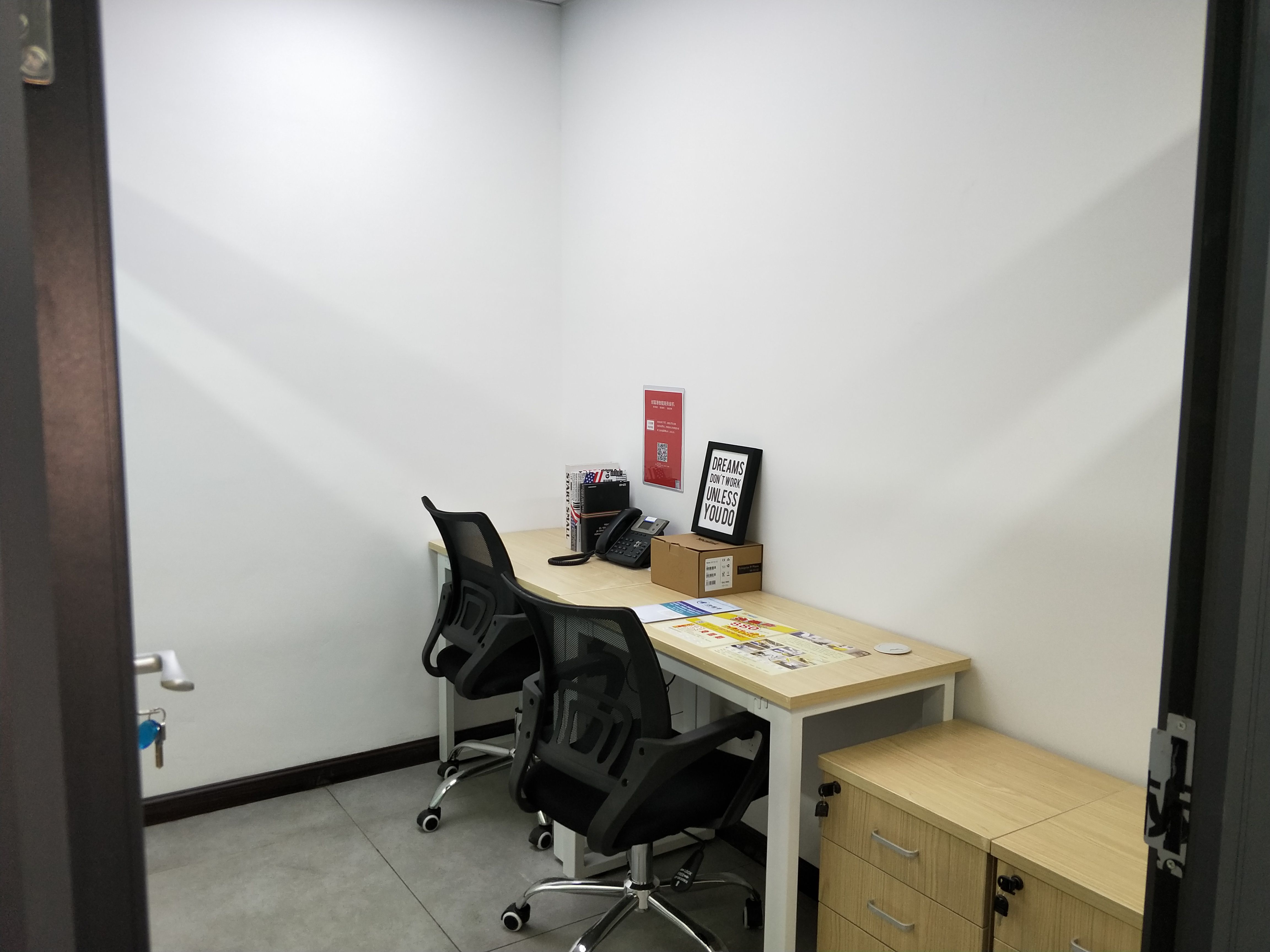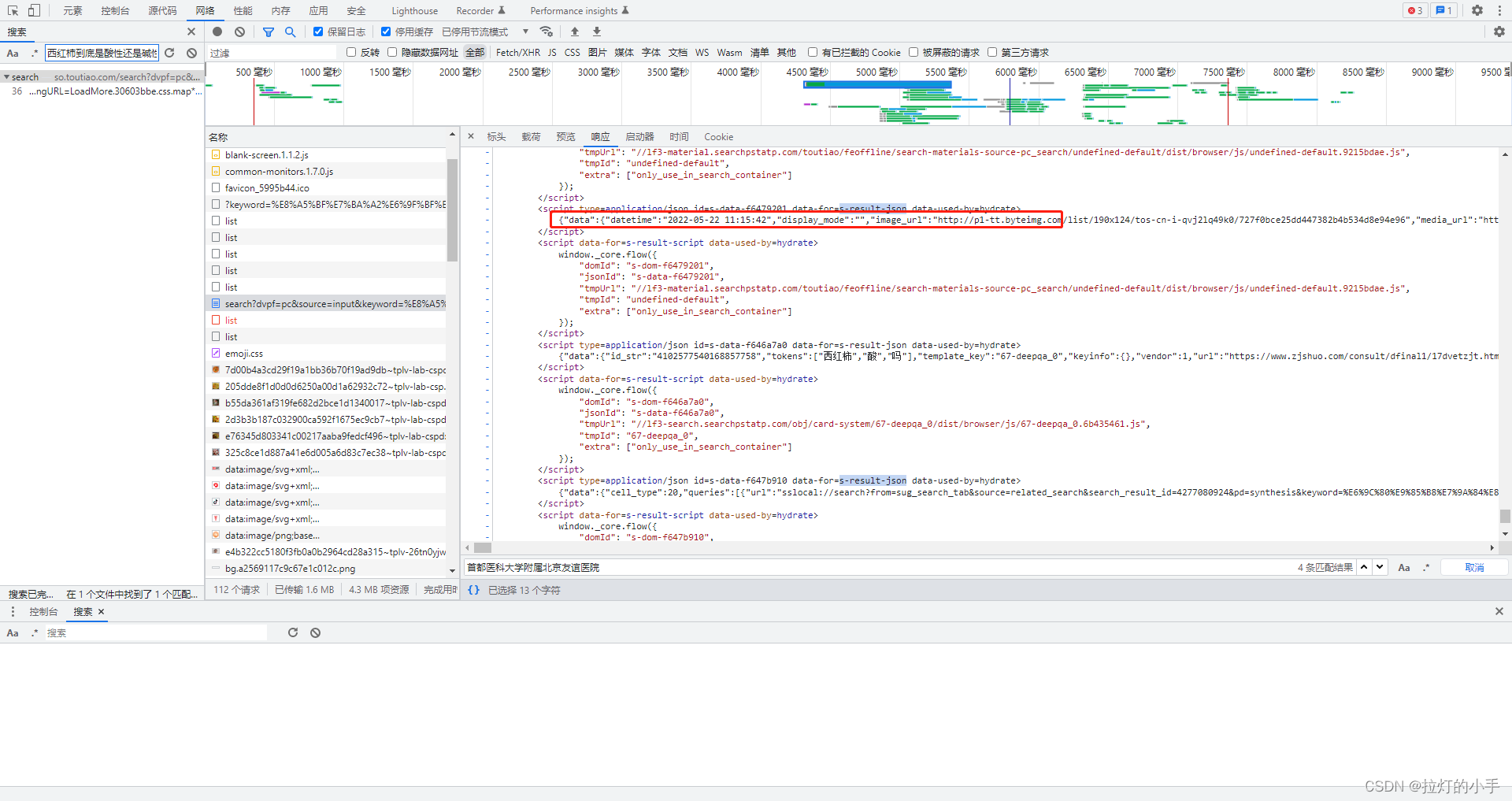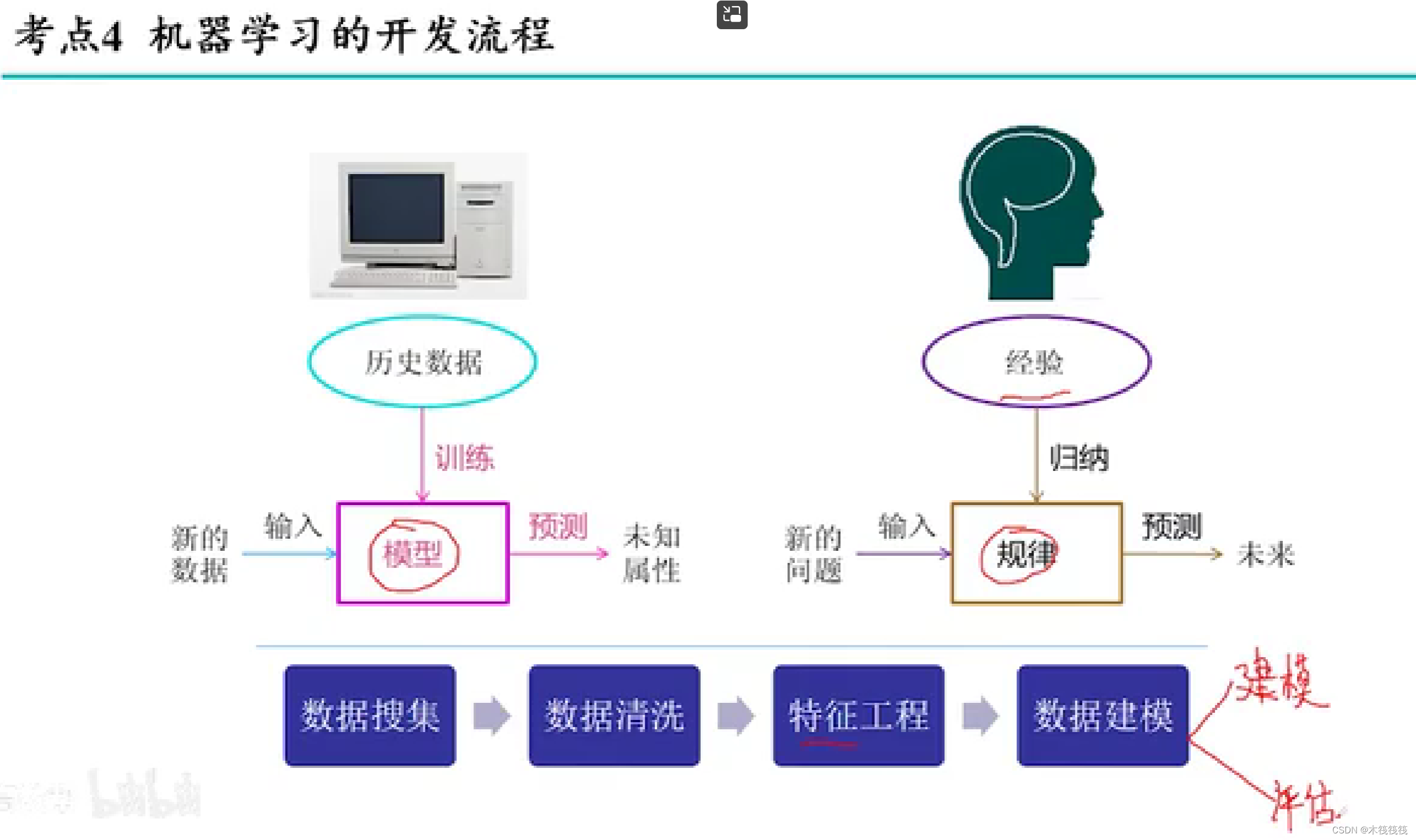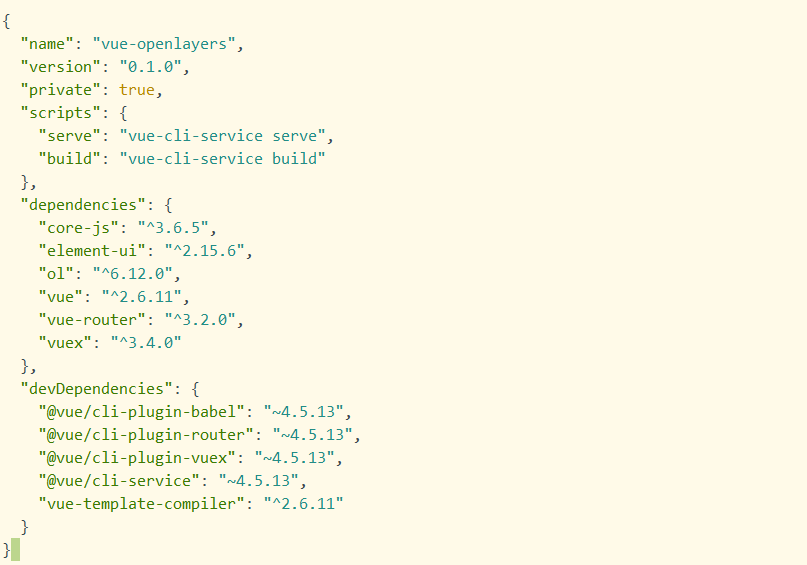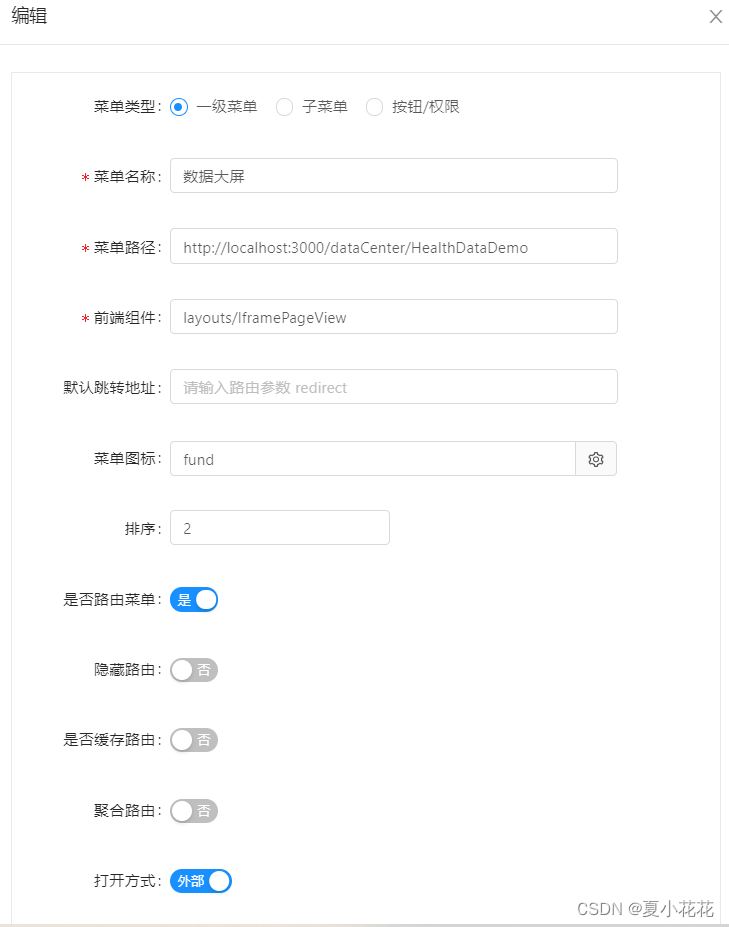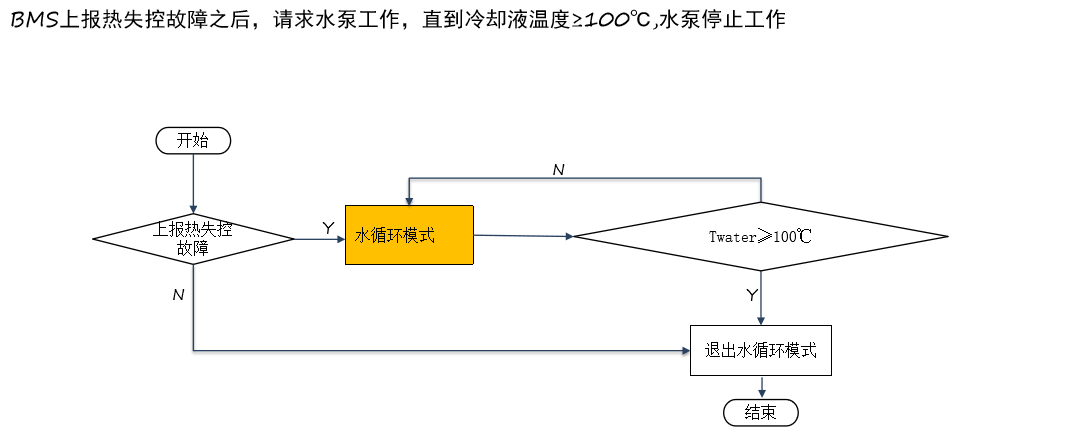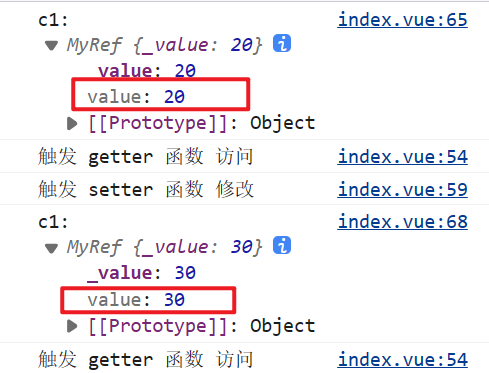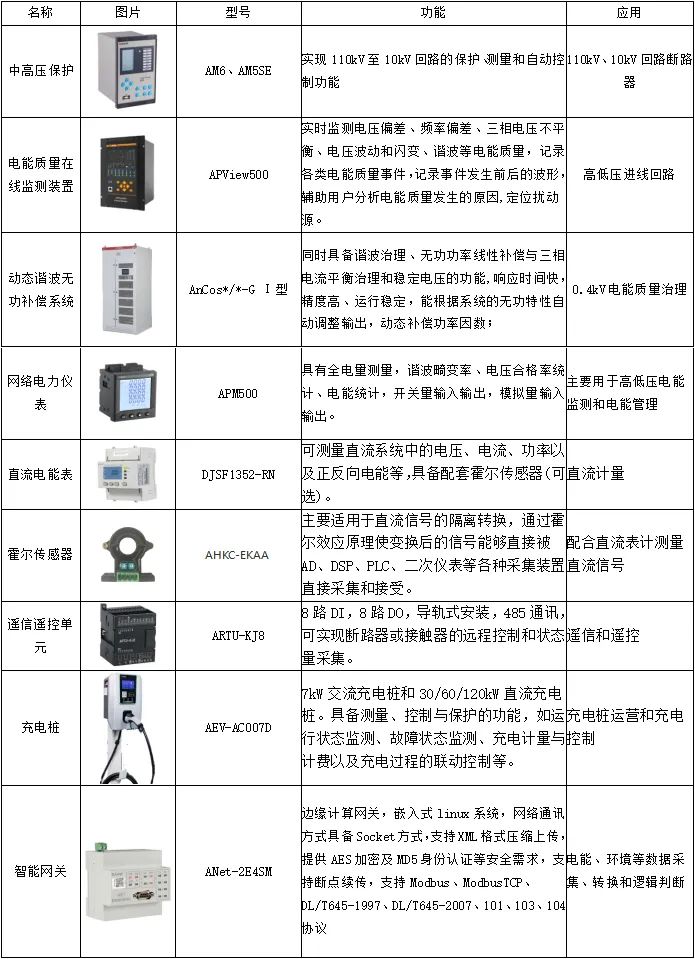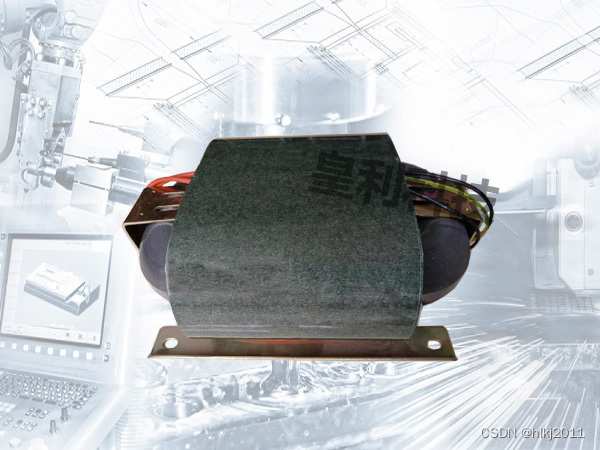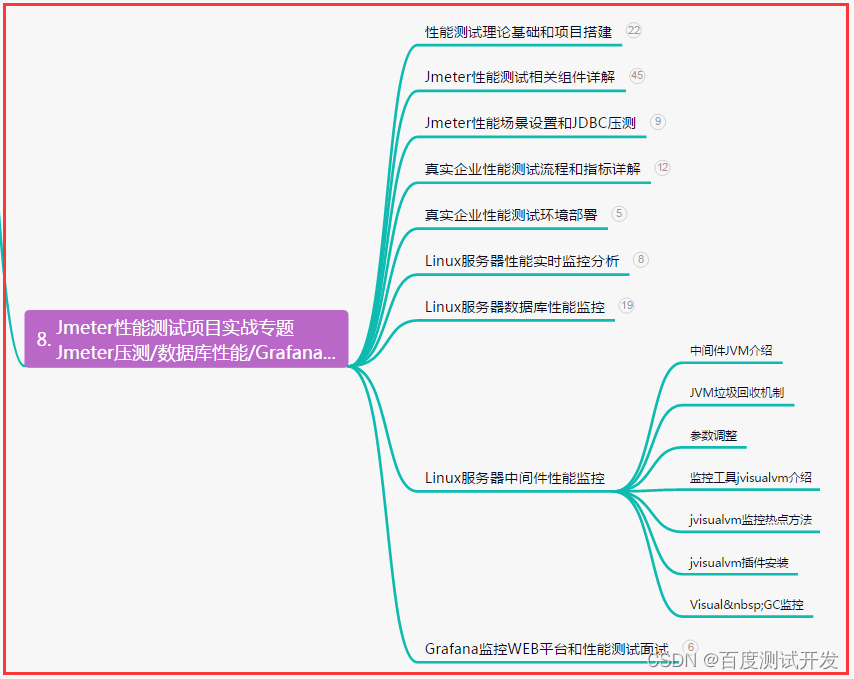✨博主:命运之光
🌸专栏:Python星辰秘典
🐳专栏:web开发(html css js)
❤️专栏:Java经典程序设计
☀️博主的其他文章:点击进入博主的主页
前言:你好,欢迎来到我的博客。我是一个热爱编程的人,特别喜欢用Python这门语言来创造一些有趣的图形项目。在这篇博客中,我将和你分享一些我用Python写的小的图形项目,包括它们的原理,代码和效果。我希望你能从中学到一些有用的知识,也能感受到编程的乐趣。如果你对我的项目有任何问题或建议,欢迎在评论区留言,我会尽快回复你。让我们开始吧!
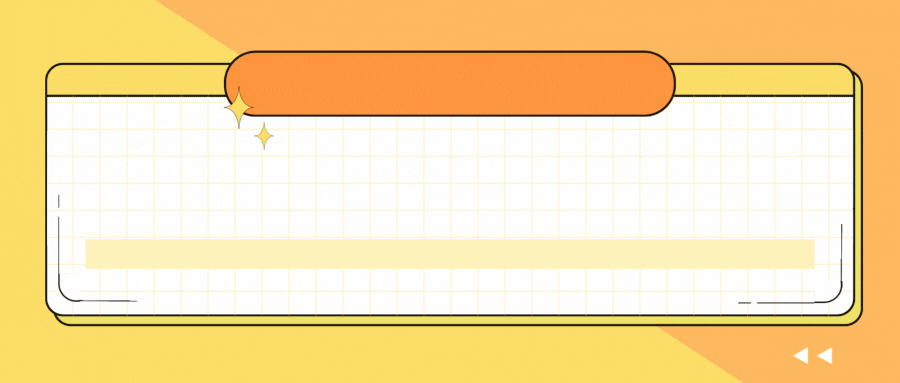
目录
项目名称: 宇宙星空模拟器
简介
特色功能
连线效果
星云效果
使用说明
项目展示
动态图展示
图片展示
项目源代码
如何运行项目(超简单)
1.win+r打开命令行窗口
2.在窗口中复制粘贴下面内容
打开pycharm
step1
step2
复制粘贴源代码运行
项目总结
项目名称: 宇宙星空模拟器
简介
宇宙星空模拟器是一个用Python和Pygame库创建的小型项目,它可以模拟宇宙中的星星、星系和星云,并展现出美丽的星空效果。通过这个模拟器,你可以欣赏到宇宙中的无尽星辰,感受宇宙的浩瀚和神秘。
特色功能
星星的随机生成: 项目通过随机生成星星的位置、大小、颜色和透明度,使得每个星星都具有独特的特点,营造出绚丽多彩的星空效果。
连线效果
星星之间会随机生成连线,形成星星之间的关联,让整个星空更加生动有趣。
爆炸效果: 当点击鼠标左键时,选中的星星将会爆炸,并产生出多个粒子效果,增加了交互和视觉上的动感。
星云效果
项目中还包含了星云效果,随机生成星云的位置、大小和颜色,为星空增添了神秘的氛围。
使用说明
运行代码: 需要安装Python和Pygame库,然后运行代码即可打开宇宙星空模拟器。
鼠标交互: 可以使用鼠标左键点击星星,触发爆炸效果。
自定义设置: 可以根据自己的需求修改代码中的参数,例如星星数量、连线概率和帧率等,来调整星空的效果和动画速度。
项目展示
动态图展示
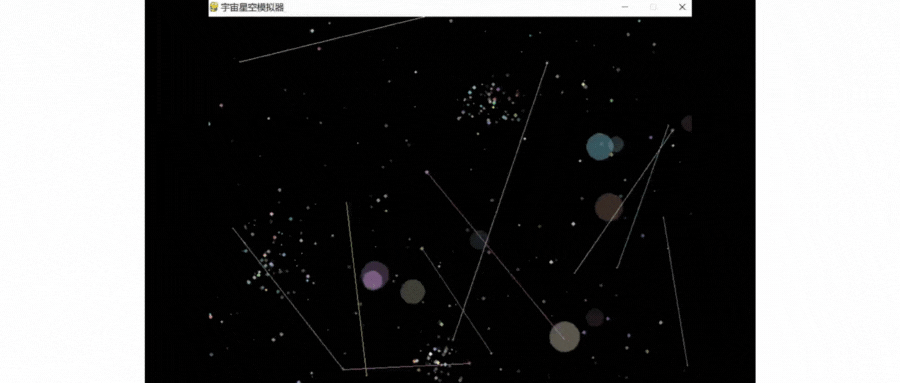
图片展示
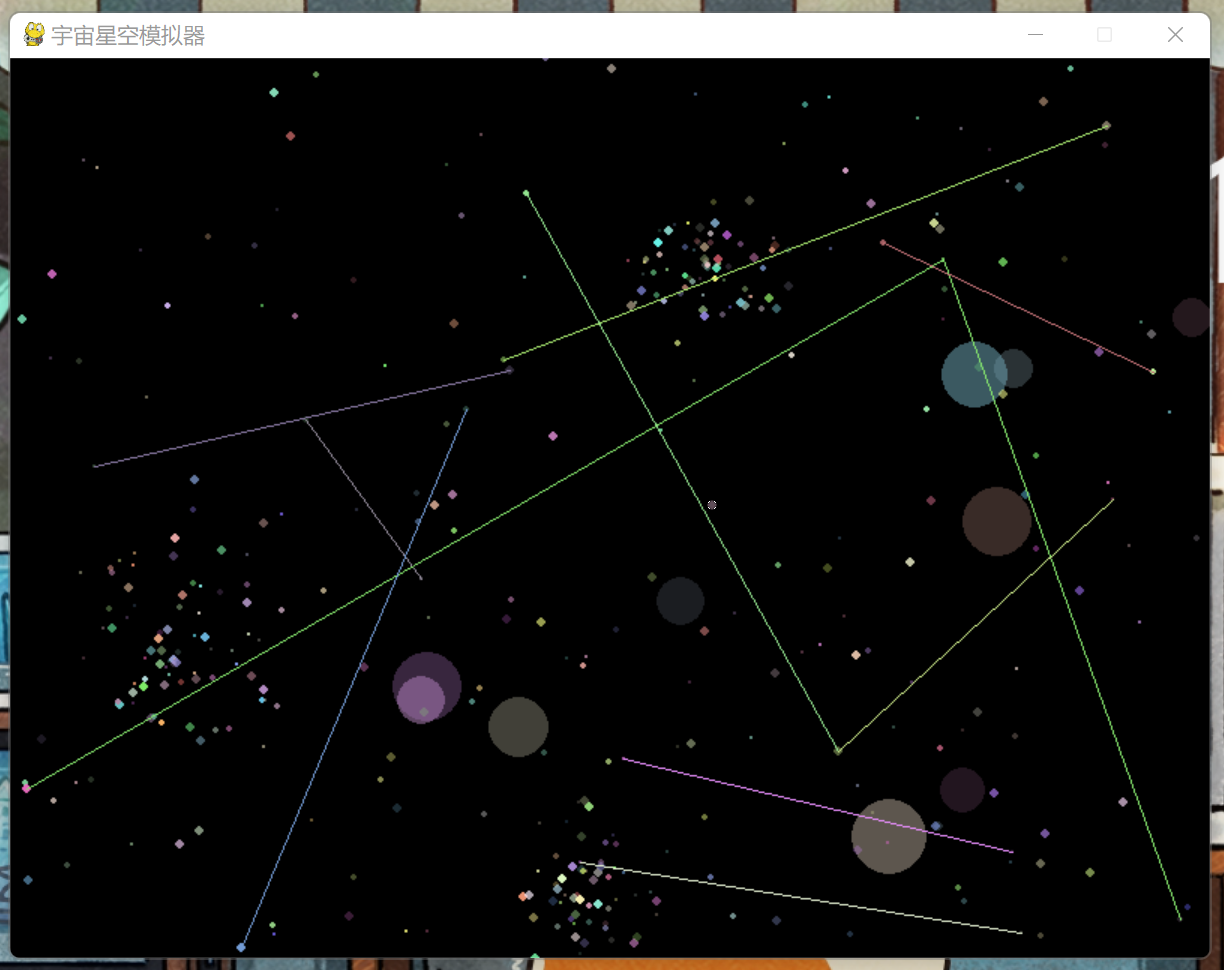
项目源代码
import pygame
import random
import math
# 初始化pygame
pygame.init()
# 显示窗口的宽度和高度
width, height = 800, 600
# 创建一个窗口
screen = pygame.display.set_mode((width, height))
# 设置窗口标题
pygame.display.set_caption("宇宙星空模拟器")
# 定义星星类
class Star:
def __init__(self):
self.x = random.randint(0, width)
self.y = random.randint(0, height)
self.size = random.randint(1, 3)
self.color = (random.randint(100, 255), random.randint(100, 255), random.randint(100, 255))
self.alpha = random.randint(50, 255)
def draw(self):
surface = pygame.Surface((self.size * 2, self.size * 2), pygame.SRCALPHA)
surface.set_alpha(self.alpha)
pygame.draw.circle(surface, self.color, (self.size, self.size), self.size)
screen.blit(surface, (self.x - self.size, self.y - self.size))
def draw_line(self, other_star):
pygame.draw.line(screen, self.color, (self.x, self.y), (other_star.x, other_star.y))
def explode(self):
explosion_particles = []
for _ in range(20):
dx = random.uniform(-1, 1)
dy = random.uniform(-1, 1)
speed = random.uniform(1, 5)
particle = ExplosionParticle(self.x, self.y, dx, dy, speed)
explosion_particles.append(particle)
return explosion_particles
# 定义爆炸粒子类
class ExplosionParticle:
def __init__(self, x, y, dx, dy, speed):
self.x = x
self.y = y
self.dx = dx
self.dy = dy
self.speed = speed
self.size = random.randint(1, 3)
self.color = (random.randint(100, 255), random.randint(100, 255), random.randint(100, 255))
def move(self):
self.x += self.dx * self.speed
self.y += self.dy * self.speed
def draw(self):
pygame.draw.circle(screen, self.color, (int(self.x), int(self.y)), self.size)
# 定义星云类
class Cloud:
def __init__(self):
self.x = random.randint(0, width)
self.y = random.randint(0, height)
self.size = random.randint(20, 50)
self.color = (random.randint(100, 200), random.randint(100, 200), random.randint(100, 200))
self.alpha = random.randint(50, 150)
def draw(self):
surface = pygame.Surface((self.size, self.size), pygame.SRCALPHA)
surface.set_alpha(self.alpha)
pygame.draw.circle(surface, self.color, (self.size // 2, self.size // 2), self.size // 2)
screen.blit(surface, (self.x - self.size // 2, self.y - self.size // 2))
# 定义星系类
class Galaxy:
def __init__(self, center_x, center_y, num_stars, radius):
self.center_x = center_x
self.center_y = center_y
self.num_stars = num_stars
self.radius = radius
self.stars = []
for _ in range(self.num_stars):
angle = random.uniform(0, 2 * math.pi)
dist = random.uniform(0, self.radius)
x = self.center_x + dist * math.cos(angle)
y = self.center_y + dist * math.sin(angle)
size = random.randint(1, 3)
color = (random.randint(100, 255), random.randint(100, 255), random.randint(100, 255))
alpha = random.randint(50, 255)
self.stars.append((x, y, size, color, alpha))
def draw(self):
for star in self.stars:
x, y, size, color, alpha = star
surface = pygame.Surface((size * 2, size * 2), pygame.SRCALPHA)
surface.set_alpha(alpha)
pygame.draw.circle(surface, color, (size, size), size)
screen.blit(surface, (x - size, y - size))
# 创建星星列表
stars = []
for _ in range(200):
stars.append(Star())
# 创建星云列表
clouds = []
for _ in range(10):
clouds.append(Cloud())
# 创建星系列表
galaxies = []
for _ in range(3):
x = random.randint(0, width)
y = random.randint(0, height)
num_stars = random.randint(50, 100)
radius = random.randint(50, 100)
galaxies.append(Galaxy(x, y, num_stars, radius))
# 创建爆炸粒子列表
explosion_particles = []
# 游戏循环
running = True
clock = pygame.time.Clock()
while running:
# 处理退出事件
for event in pygame.event.get():
if event.type == pygame.QUIT:
running = False
elif event.type == pygame.MOUSEBUTTONDOWN:
if event.button == 1: # 鼠标左键点击
mouse_pos = pygame.mouse.get_pos()
for star in stars:
if math.sqrt((star.x - mouse_pos[0]) ** 2 + (star.y - mouse_pos[1]) ** 2) < star.size:
explosion_particles += star.explode()
stars.remove(star)
# 填充背景色
screen.fill((0, 0, 0))
# 更新和绘制星云
for cloud in clouds:
cloud.draw()
# 更新和绘制星系
for galaxy in galaxies:
galaxy.draw()
# 更新和绘制星星
for star in stars:
star.draw()
# 更新和绘制爆炸粒子
for particle in explosion_particles:
particle.move()
particle.draw()
# 绘制星星之间的连线
for i, star in enumerate(stars):
for other_star in stars[i + 1:]:
if random.random() < 0.0005: # 调整连线的概率
star.draw_line(other_star)
pygame.time.delay(1) # 添加延迟
# 限制帧率
clock.tick(30)
# 更新屏幕显示
pygame.display.flip()
# 退出游戏
pygame.quit()
如何运行项目(超简单)
在运行上述代码之前,你需要确保你的环境中已经安装了Pygame依赖项:
Pygame:一个用于开发游戏的Python库。你可以使用以下命令通过pip安装Pygame
如果没有安装用以下方法进行安装
1.win+r打开命令行窗口
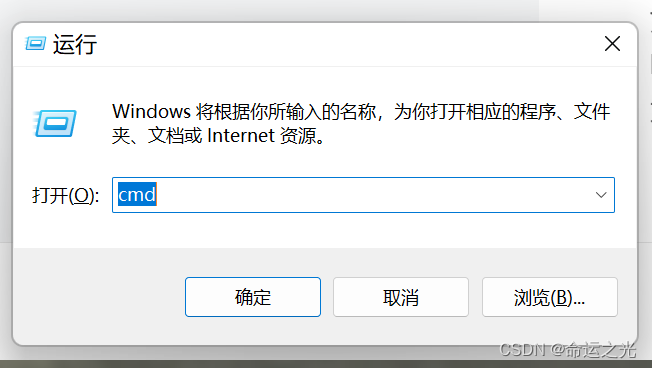
2.在窗口中复制粘贴下面内容
使用国内的镜像源:将pip的默认源替换为国内的镜像源可以加快下载速度。你可以使用以下命令来更换pip的源:
下载:Pygame:一个用于游戏开发的Python库,用于创建游戏界面和处理用户输入。
pip install -i https://pypi.tuna.tsinghua.edu.cn/simple pygame下载:numpy:一个用于数值计算和数组操作的Python库。
pip install -i https://pypi.tuna.tsinghua.edu.cn/simple numpy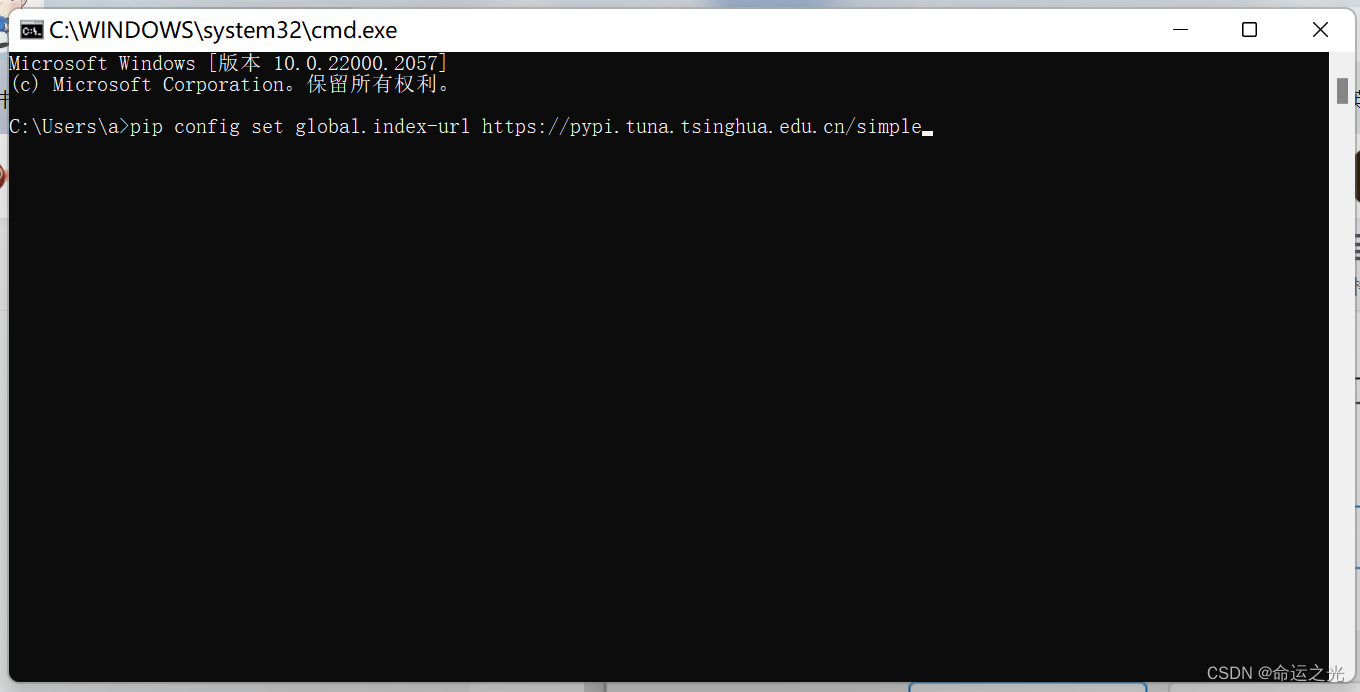
打开pycharm
step1

step2

复制粘贴源代码运行
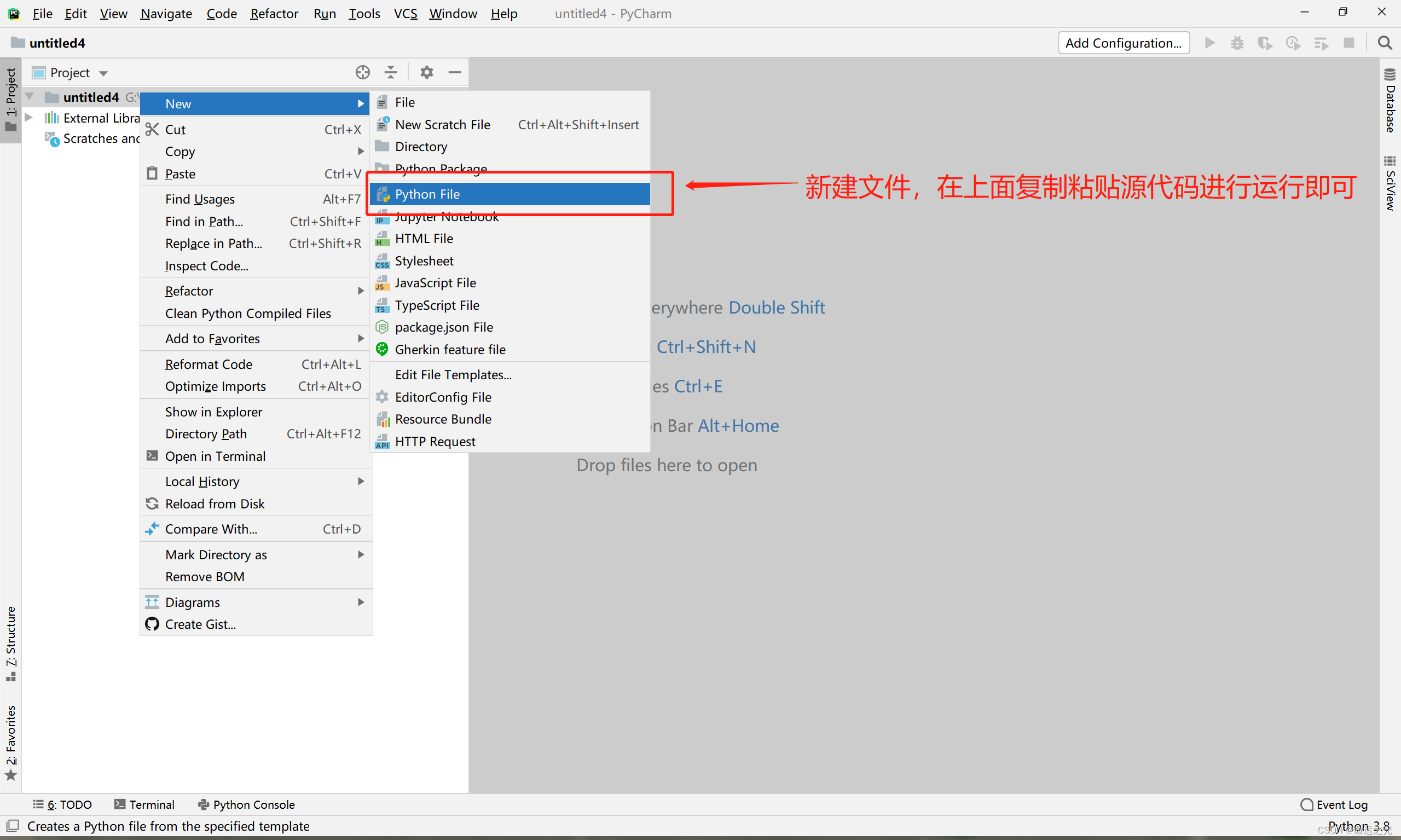
项目总结
宇宙星空模拟器是一个基于Python和Pygame库的小型项目,旨在模拟宇宙中的星星、星系和星云,呈现出绚丽多彩的星空效果。通过这个模拟器,用户可以欣赏到宇宙的浩瀚与神秘,感受到宇宙中无尽星辰的美妙。
在项目中,使用随机生成的星星、星云和星系,以及交互性的爆炸效果和连线效果,营造出一个动感十足的宇宙场景。用户可以通过点击鼠标触发星星的爆炸效果,产生出迷人的粒子效果。同时,星星之间的连线增加了整个星空的生动感。
